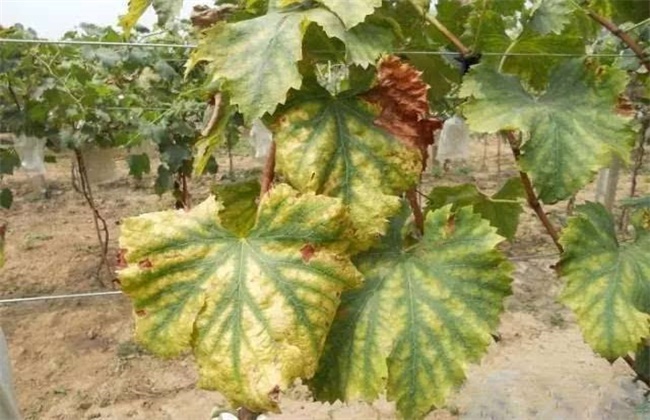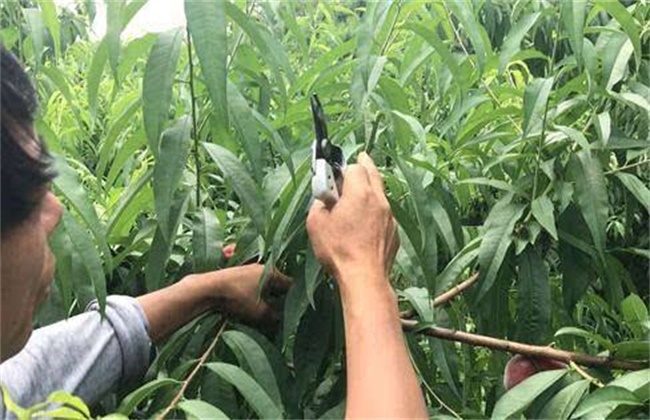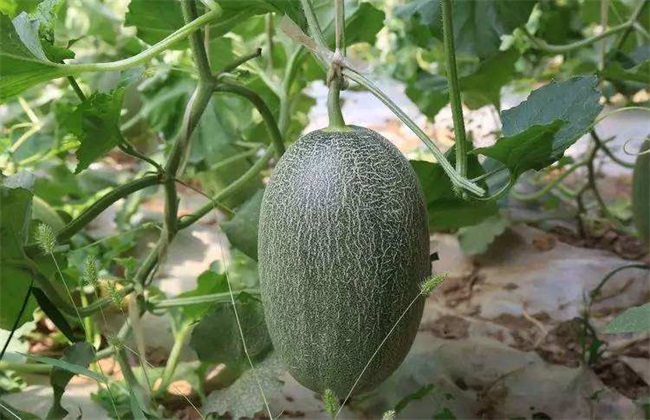Causes and control methods of premature senescence of grape
Grape is one of the most popular berries in the market, the market demand is increasing in recent years, and many farmers have been absorbed to plant it, but the phenomenon of grape premature senescence often occurs in the process of planting. So what is the cause of grape premature senescence? How to prevent and cure it? Let's get to know it.

1. Causes of premature senescence of grapes
1. Improper pruning
The pruning of the main vine is too long, the phenomenon of catching up is serious, do not pay attention to the cultivation and renewal of the rear fruiting branch, the remaining branch is too long, the permeability is poor, as the time is long, the posterior fruiting branch group will die. When the main vine exceeds the shelf surface, there is no reserve branch in the rear, and there will be premature senility if it is unable to retract.
2. Overload result
Results there were too many branches, poor permeability, not paying attention to ear retention and fruit retention, resulting in nutritional imbalance between aboveground and underground parts, especially in the rainy season, resulting in insufficient oxygen supply to the soil, resulting in retting roots and dead roots. The quality of the fruit decreased, the leaves fell off early, the dead branches were serious, and sometimes the leaves were yellowed, which could not be changed for 3 years, and died if they were heavy.
3. Improper fertilizer and water
Improper management of fertilizer and water is also one of the causes of premature senility. Many fruit growers attach importance to nitrogen, light phosphorus and potassium, heavy chemical fertilizer and light organic fertilizer, heavy topdressing and light base fertilizer. During the growing period, excessive application of nitrogen fertilizer ignored the combination of nitrogen, phosphorus and potassium, and only pursued quick-acting fertilizer while ignoring the role of organic fertilizer, which led to the decline of fruit quality, but also caused the weight of branches, consumed a lot of nutrients, and inhibited the germination of basal buds. In addition, too many times of irrigation will also lead to excessive growth of plants, closure of branches and leaves, aggravation of diseases and insect pests, aggravation of tree weakness and formation of premature senescence.
4. poor control of diseases and insect pests
The spread of black pox, anthrax and other diseases, resulting in serious fruit rot, resulting in a significant reduction in quality and yield, in addition, when the insect pests are serious, it will lead to insufficient storage nutrition, lower germination rate, less effective branches, weak tree potential and serious yield reduction.
II. Prevention and control methods
1. Reasonable pruning
Generally, the extended branches of the main vine should not be cut too long, and the length is generally not more than 50 to 60 centimeters, which can maintain the growth advantage of the lower branches and improve the efficiency of photosynthesis. It is also necessary to pay attention to the cultivation and renewal of the fruiting branch group. Generally, the main vine has to be updated once in 3-4 years to avoid the lower bare legs.
2. Keep branches and fruits reasonably
For the retention of fruit trees, generally strong branches have 2 ears, weak branches or regeneration branches generally have 1 ear or no ear, and the retention of branches is closely related to yield, quality and growth potential. The retention of branches is too much, the plant load is too large, and the permeability is poor, which is very easy to cause falling flowers and fruits, and the quality is low, so it is reasonable to keep branches and fruits, so as not to be greedy for fruit, to achieve high yield and high quality, and to eliminate the phenomenon of big and small years.
3. Strengthen the management
When fertilizing, it is necessary to increase the application of organic fertilizer and compound fertilizer, reduce the application of nitrogen fertilizer, and do a good job in the drainage and irrigation system, so as to facilitate drainage and reduce water and improve the tree potential.
4. strengthen the prevention and control of diseases and insect pests
The stone-sulfur mixture can be sprayed in late March in early spring, which can play an excellent role in preventing diseases and insect pests. Bordeaux liquid, chlorothalonil and methyl thiophanate are sprayed alternately during the growing period to effectively control vine cutting, white rot, downy mildew, etc.; at the same time, insect pests can be scraped, cut and coated diseased tips, swept diseased leaves and fruits, concentrated burning, and reduce the source of insects.
The above is the introduction of the causes and prevention methods of grape premature senility. I hope it can help you. If you want to know more about it, please follow us.
Related
- Moge, come on! The staff of the peasant association in the producing area of cantaloupe were frightened when the crowd gathered.
- Causes and Solutions of low Fruit setting rate of Apple
- Symptoms and control measures of passion fruit virus disease
- Fruit growing lesson: how do apple orchards keep high yields?
- Can you build orchards in the mountains? What are the pros and cons?
- How to manage the coloring period of Crisson grape?
- This paper introduces the processing technology of two kinds of fig products.
- How much is a month for retired teachers in rural areas by 2020?
- How can strawberry planting increase sugar content? We should pay attention to management in many aspects.
- What are the cultivation techniques on how to improve the yield of golden fruit?



